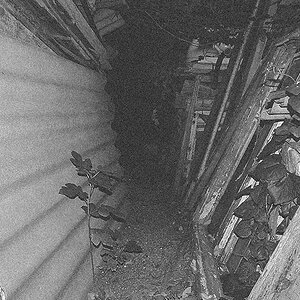Petraio Prime
TPF Noob!
- Joined
- May 28, 2010
- Messages
- 1,217
- Reaction score
- 0
- Location
- Ohio
- Can others edit my Photos
- Photos NOT OK to edit
Chromatic aberration affects primarily long and very long lenses (180mm and up), not so much fast ones. Fast lenses are usually more affected by other aberrations, such as coma and astigmatism.
For that reason, I am somewhat sceptical that's what we are seeing here in your images. There could be other factors with a digital system.
You can find some useful info here:
chromatic
For that reason, I am somewhat sceptical that's what we are seeing here in your images. There could be other factors with a digital system.
You can find some useful info here:
chromatic
Last edited:







![[No title]](/data/xfmg/thumbnail/36/36300-760519cb9a8ebbfc57cc3d1fda5dd37c.jpg?1619737494)

![[No title]](/data/xfmg/thumbnail/31/31091-00a77a1c08cddcf7dc236d9317f868d2.jpg?1619734607)
![[No title]](/data/xfmg/thumbnail/31/31705-3469470a562bc1a3bad361889544af19.jpg?1619734963)





